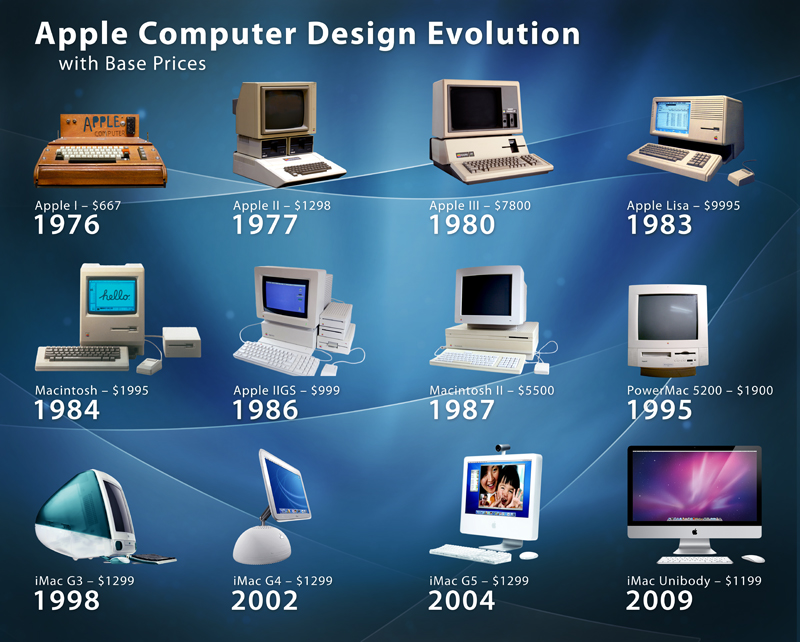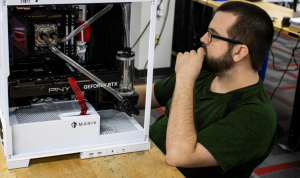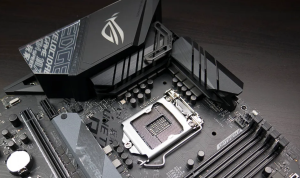Beginning with The Evolution of Computer Hardware Over the Decades, we embark on a journey through time to explore how the technology that powers our world has transformed. From the bulky vacuum tubes of the early computers to today’s sleek, powerful devices, the advancements in computer hardware have been nothing short of revolutionary. Each decade has brought its own innovations, shaping the way we interact with technology and influencing every aspect of our lives.
As we delve deeper, we’ll uncover the pivotal moments and key technologies that have defined each era, highlighting how these developments not only impacted computing but also the broader landscape of society and culture. Understanding this evolution helps us appreciate the complex interplay between hardware advancements and the ever-changing needs of users around the globe.
In the modern age, the concept of work has undergone a profound transformation. Gone are the days when labor was confined to the traditional 9-to-5 office setup. Today, we find ourselves navigating a landscape where remote work, flexible hours, and digital collaboration have become the norm. This evolution not only reflects changes in technology but also a shift in our mindset regarding productivity and work-life balance.Historically, work was often seen as a necessary obligation, a means to an end.

People would dutifully commute to their offices, engage in face-to-face meetings, and adhere to strict schedules. The typical workday was characterized by a structured routine: arrive at 9, take a lunch break at noon, and clock out by 5 PM. However, this paradigm began to shift in the late 20th and early 21st centuries. The rise of the internet played a significant role in this transformation.
As technology advanced, so did the possibilities for remote work. Companies began to realize that employees could be productive outside the confines of a traditional office environment. This realization was further accelerated by global events, particularly the COVID-19 pandemic, which forced many organizations to adapt to remote working almost overnight.One of the most significant benefits of this shift is the increased flexibility it offers employees.
The ability to work from virtually anywhere allows individuals to create schedules that better fit their personal lives. Parents can attend school events, caregivers can manage their responsibilities, and everyone can take advantage of more leisure time. This flexibility has led many employees to report higher job satisfaction and improved mental health.However, this new way of working isn’t without its challenges.
The lines between work and personal life can easily blur when your home becomes your office. Many remote workers find themselves struggling to “switch off” at the end of the day, leading to potential burnout. Companies and employees must be mindful of creating boundaries to ensure that work does not encroach upon personal time.Another aspect of this contemporary work landscape is the rise of digital communication tools.
Platforms like Slack, Zoom, and Microsoft Teams have revolutionized how we collaborate. Teams can now connect in real-time, regardless of geographical location. This connectivity has opened up opportunities for global collaboration, allowing companies to tap into talent from around the world. Nevertheless, virtual communication also presents its own set of challenges. Misunderstandings can arise without non-verbal cues, and the lack of face-to-face interaction can lead to feelings of isolation among remote workers.
To combat this, many organizations are emphasizing the importance of regular check-ins, virtual team-building activities, and fostering a collaborative culture, even in a digital space.In addition to these changes, the focus on mental health and well-being in the workplace has gained momentum. Employees now prioritize companies that support work-life balance, offer mental health resources, and promote a positive workplace culture.
Employers have recognized that a happy, healthy workforce is more productive and engaged. As such, many organizations are implementing initiatives that prioritize employee well-being, from wellness programs to flexible scheduling options.Moreover, the gig economy has emerged as a significant force, with more individuals opting for freelance and contract work. This shift allows individuals to become their own bosses, choose their projects, and set their rates.
While freelancing offers autonomy, it also comes with uncertainties, such as inconsistent income and the lack of traditional employee benefits. As we look to the future, it is clear that the way we work will continue to evolve. The traditional office may not disappear entirely, but its role will inevitably change. Hybrid work models—where employees split their time between remote work and in-office days—are becoming increasingly popular.
This approach combines the best of both worlds, offering flexibility while still fostering in-person collaboration.Moreover, as technology continues to advance, we can expect even more innovation in the workplace. Artificial intelligence, automation, and other technological advancements will likely redefine job roles and create new opportunities. Adaptability will be key for both employees and employers as they navigate these changes.In conclusion, the modern work landscape is characterized by flexibility, digital collaboration, and a heightened focus on employee well-being.
While this evolution presents exciting opportunities, it also comes with challenges that must be addressed. As we embrace this new way of working, it is essential to prioritize balance, communication, and adaptability to thrive in the ever-changing world of work. The future of work is not just about where we do our jobs but also about how we engage with our work and our colleagues.
As we move forward, let us embrace the possibilities that lie ahead, ensuring that work remains a source of fulfillment and purpose in our lives.





